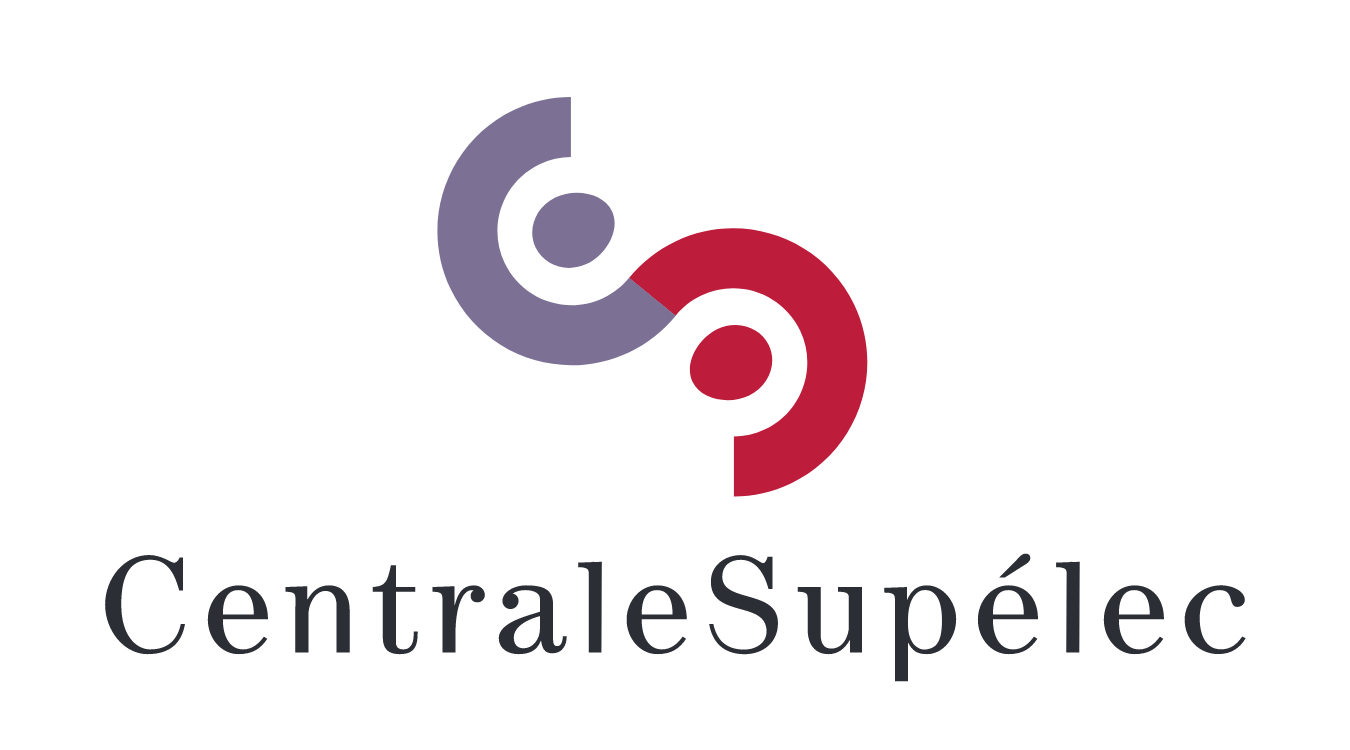Une technique d'assistance par le bruit pour aider l'opérateur de Teager-Kaiser à suivre une composante fréquentielle perturbée.
Résumé
This paper deals with the improvment of the Teager-Kaiser energy algorithm (TKEA), designed to track a frequency component corrupted by an additive noise. Methods based on the original TKEA are not robust at all when corrupted by such perturbations. It is proposed here a method based on the Noise Assisted Data Analysis (NADA) paradigm. It is shown that it allows to significantly increase this robustness.
Cet article propose une technique pour améliorer l'opérateur de Teager-Kaiser (OTK) utilisé pour le suivi d'une composante fré-quentielle perturbée par un bruit additif. Les méthodes basées sur l'OTK classiques sont très peu robustes aux diverses perturbations possibles. Une méthode d'assistance par le bruit est mise en place. Nous montrons qu'elle permet de statistiquement améliorer cette robustesse. Abstract – This paper deals with the improvment of the Teager-Kaiser energy algorithm (TKEA), designed to track a frequency component corrupted by an additive noise. Methods based on the original TKEA are not robust at all when corrupted by such perturbations. It is proposed here a method based on the Noise Assisted Data Analysis (NADA) paradigm. It is shown that it allows to significantly increase this robustness.
| Origine | Fichiers produits par l'(les) auteur(s) |
|---|
Loading...
